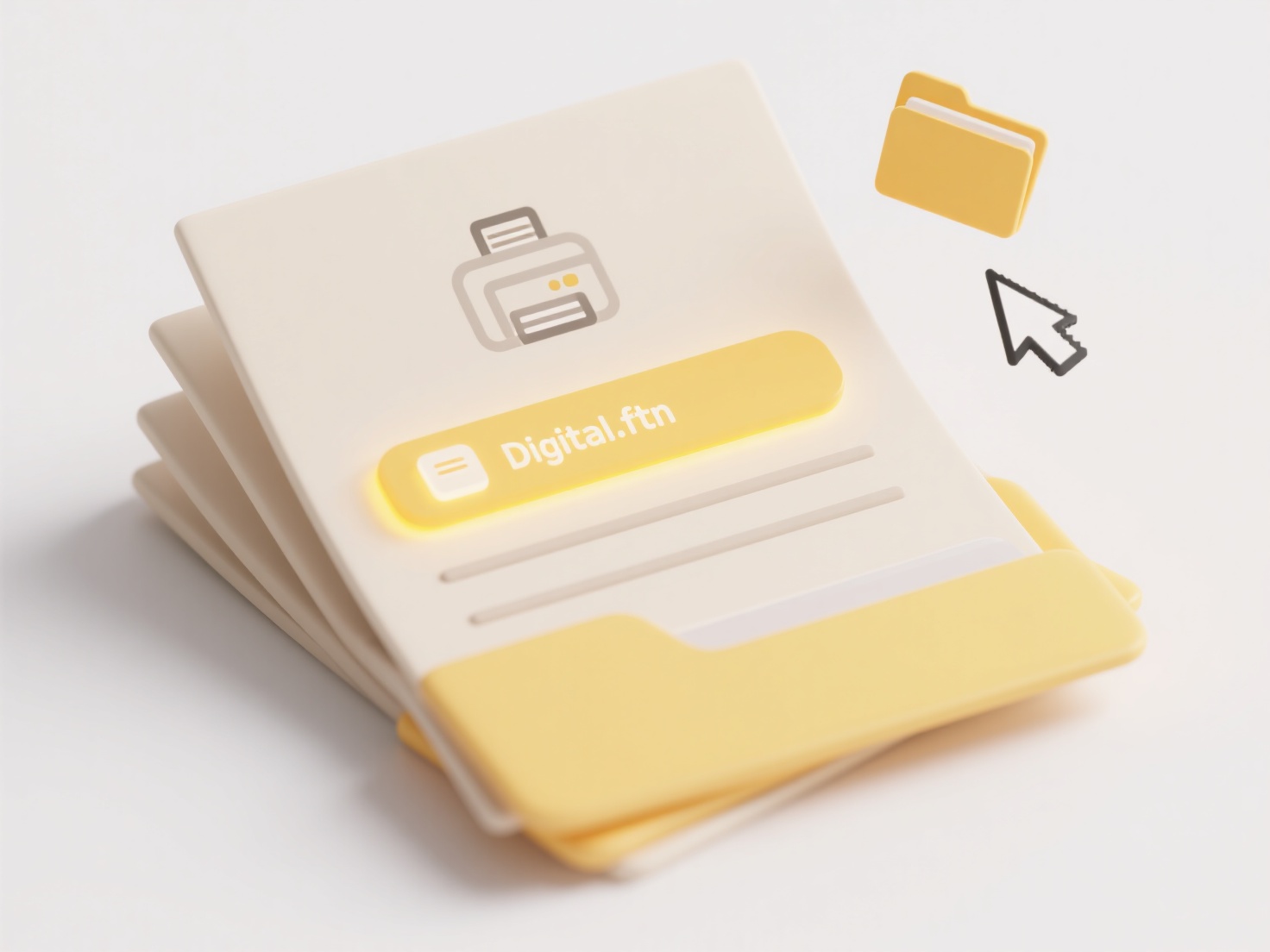
The .avi (Audio Video Interleave) and .mov (QuickTime Movie) formats are container files used for storing digital video and audio data. Think of them as wrappers holding various types of video and audio tracks inside. The key point is that playing the file requires software capable of decoding the specific audio and video formats (codecs) contained within. This differs from formats like .mp4, which typically use more common, standardized codecs. Any file with the .avi or .mov extension might use different, sometimes obscure, internal formats.
Widely compatible, free media players like VLC Media Player or MPC-HC (Media Player Classic - Home Cinema) are excellent choices for opening both formats. VLC works seamlessly on Windows, macOS, and Linux, handling almost any internal codec found in an .avi or .mov without needing extra installations. For .mov files, Apple's QuickTime Player (native on macOS) is another primary option, though it might struggle with older or non-standard codecs inside .avi files. These players are essential tools for users dealing with diverse video assets in personal, educational, or production contexts.

These universal players offer the significant advantage of broad compatibility, eliminating the hassle of searching for specific codecs individually. However, limitations exist: rare or proprietary codecs in very old or specialized .avi/.mov files might still cause playback issues even in these players. As the industry increasingly adopts standardized formats like MP4 and WebM, reliance on .avi and .mov for new content is decreasing, simplifying playback requirements over time. Using established players like VLC remains the most reliable and future-proof approach.
What software is best for opening .avi or .mov files?
The .avi (Audio Video Interleave) and .mov (QuickTime Movie) formats are container files used for storing digital video and audio data. Think of them as wrappers holding various types of video and audio tracks inside. The key point is that playing the file requires software capable of decoding the specific audio and video formats (codecs) contained within. This differs from formats like .mp4, which typically use more common, standardized codecs. Any file with the .avi or .mov extension might use different, sometimes obscure, internal formats.
Widely compatible, free media players like VLC Media Player or MPC-HC (Media Player Classic - Home Cinema) are excellent choices for opening both formats. VLC works seamlessly on Windows, macOS, and Linux, handling almost any internal codec found in an .avi or .mov without needing extra installations. For .mov files, Apple's QuickTime Player (native on macOS) is another primary option, though it might struggle with older or non-standard codecs inside .avi files. These players are essential tools for users dealing with diverse video assets in personal, educational, or production contexts.

These universal players offer the significant advantage of broad compatibility, eliminating the hassle of searching for specific codecs individually. However, limitations exist: rare or proprietary codecs in very old or specialized .avi/.mov files might still cause playback issues even in these players. As the industry increasingly adopts standardized formats like MP4 and WebM, reliance on .avi and .mov for new content is decreasing, simplifying playback requirements over time. Using established players like VLC remains the most reliable and future-proof approach.
Quick Article Links
How do I find a file if I forgot the name?
To locate a file when you've forgotten its name, focus on other identifiable attributes rather than the filename itself....
How do I unsync files without deleting them?
Unsyncing files refers to removing items from active synchronization while preserving both the local copies on your devi...
How do I deal with duplicate files after restoring from backup?
Duplicate files after restoring a backup typically occur when the restoration process copies files over existing files t...